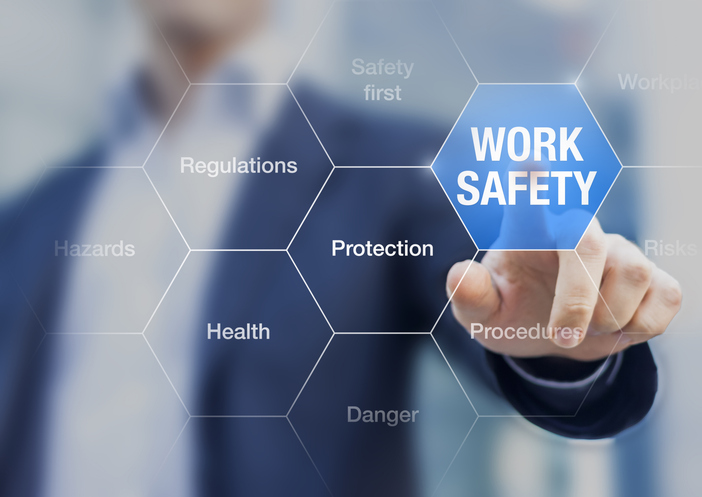Comprehensive Guide to Implementing Effective Workplace Physical Violence Avoidance Techniques
In today's vibrant workplace, guaranteeing the safety and well-being of staff members is extremely important. Work environment physical violence remains a worrying concern that companies should proactively address. Applying reliable prevention methods requires a thorough method that encompasses numerous elements of risk analysis, policy development, training, and feedback procedures. By understanding the intricacies of work environment physical violence and the important steps associated with prevention, organizations can create a safe and favorable workplace for their employees - california workplace violence prevention.
Understanding Workplace Physical Violence
Work environment physical violence is a severe concern that encompasses a series of habits and actions that posture a risk to the security and health of workers in an expert setup. It consists of physical violence, threats, harassment, intimidation, and various other turbulent or hostile actions that can take place at the workplace. Understanding work environment physical violence is essential for organizations to implement effective prevention techniques.
Violence in the work environment can stem from numerous resources, consisting of disputes in between staff members, consumers, or outside people - california workplace violence prevention. It can materialize in different forms, such as verbal abuse, physical altercations, or even more serious events like active shooter scenarios. Recognizing the very early caution indicators, addressing underlying causes like anxiety or business culture problems, and establishing clear reporting mechanisms are essential action in handling and stopping workplace physical violence
Risk Assessment and Evaluation

Danger evaluation includes quantifying the identified risks based upon their probability and prospective influence. This action helps focus on dangers and assign resources extra effectively in the direction of alleviating the most considerable dangers. With a detailed threat evaluation and analysis, companies can obtain a much deeper understanding of their susceptabilities and create targeted interventions to avoid office violence. Normal reviews and updates to the risk analysis are important to adjust to changing situations and make certain the recurring effectiveness of avoidance strategies.
Prevention Policy Advancement
In light of the insights obtained from the complete threat assessment and analysis process, establishing a durable avoidance plan customized to the company's details demands becomes crucial to minimize office physical violence effectively. Avoidance plan advancement works as the structure straight from the source for creating a safe see page and secure job environment. The plan should clearly outline the organization's position on work environment physical violence, define restricted habits, and establish reporting procedures for potential incidents.
When crafting the avoidance plan, it is necessary to include essential stakeholders, including HR professionals, protection employees, and lawful experts, to ensure comprehensive coverage of all relevant aspects. The plan should also include training programs to educate staff members on acknowledging early warning indicators, de-escalation strategies, and reporting procedures. Routine reviews and updates to the avoidance policy are crucial to adapt to changing hazards and business characteristics.
Staff Member Training and Education
To improve work environment safety and cultivate a culture of awareness, companies should focus on extensive staff member training and education on acknowledging, replying to, and preventing occurrences of violence in the work environment. Staff member training programs ought to cover numerous topics such as just how to identify indication of possible violence, de-escalation strategies, conflict resolution methods, reporting procedures, and the company's violence prevention plans.
Training sessions need to be interactive, engaging, and customized to the details dangers and obstacles dealt with by the company. It is important to give employees with the understanding and abilities required to efficiently manage possibly volatile circumstances and shield themselves and their colleagues. Furthermore, periodic refresher course courses and updates on the most current ideal methods in physical violence avoidance should be incorporated into the training program to guarantee that staff members are well-appointed to deal with progressing hazards.
Case Feedback and Follow-up
Efficient event response and follow-up treatments are critical parts of a detailed work environment violence prevention approach. In the occasion of a fierce occurrence or risk, a well-defined action plan can aid alleviate damage and guarantee the safety of workers.

Conclusion
